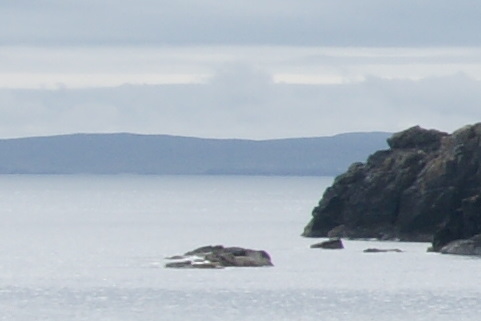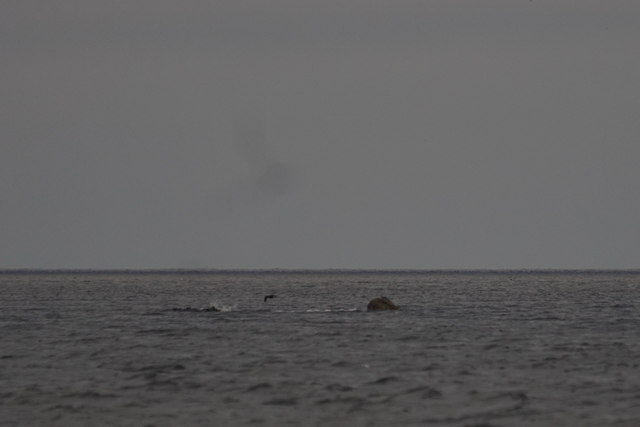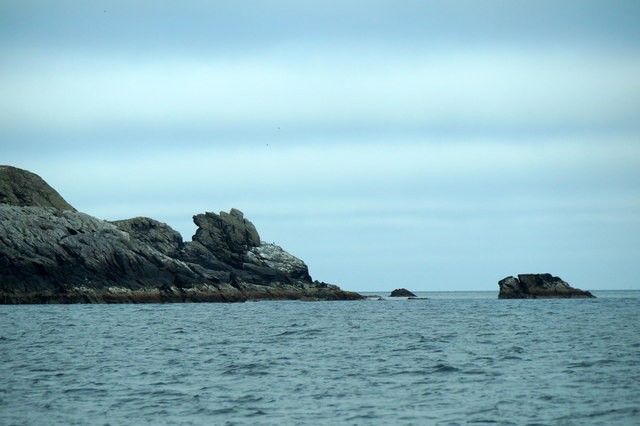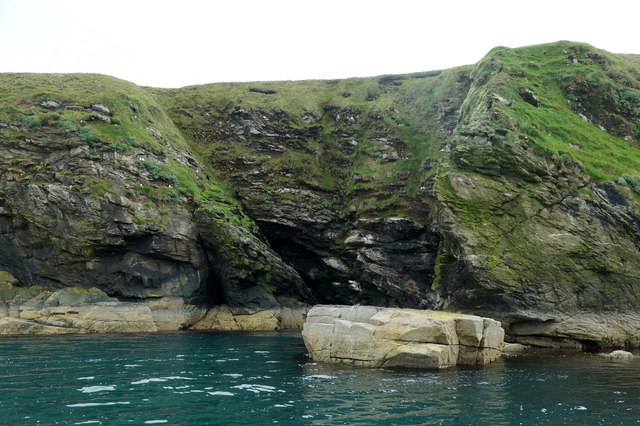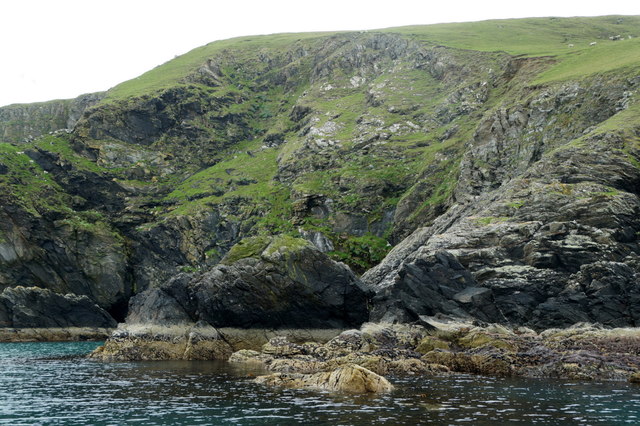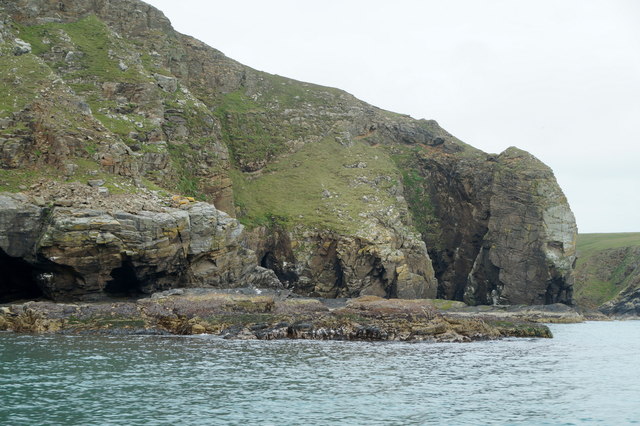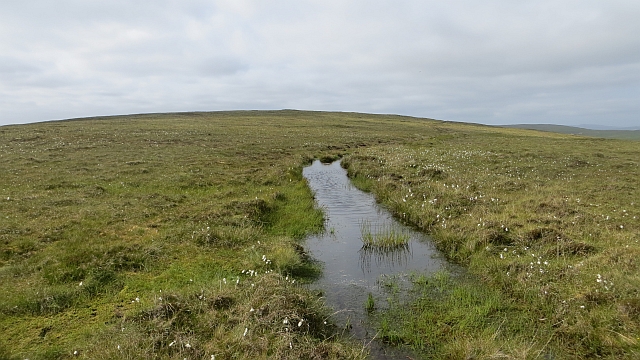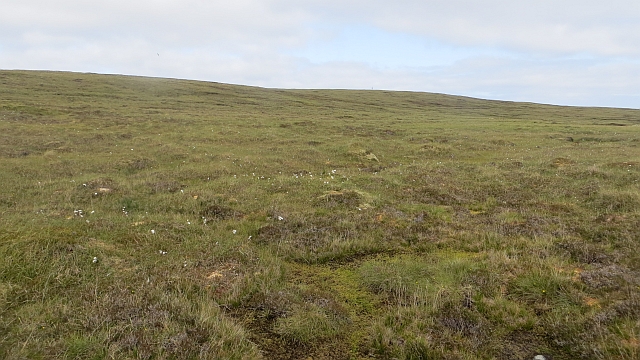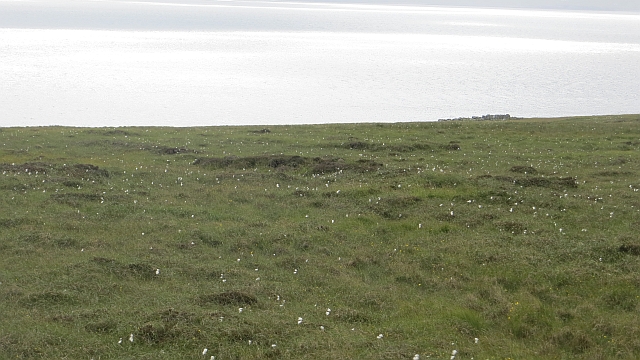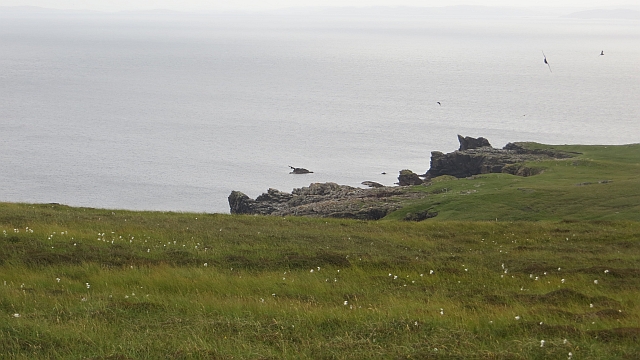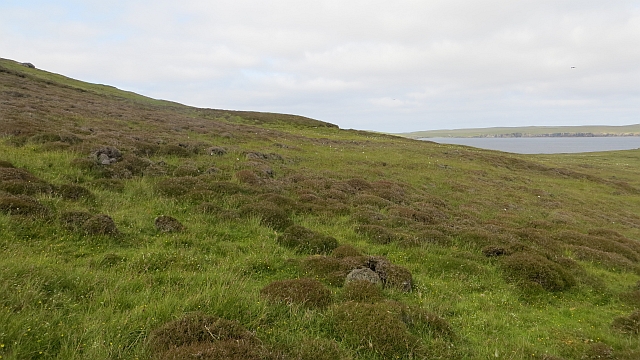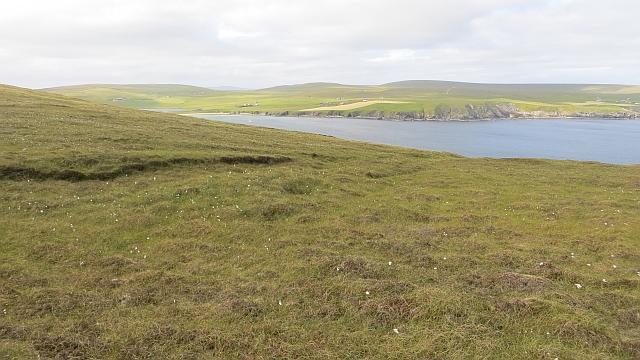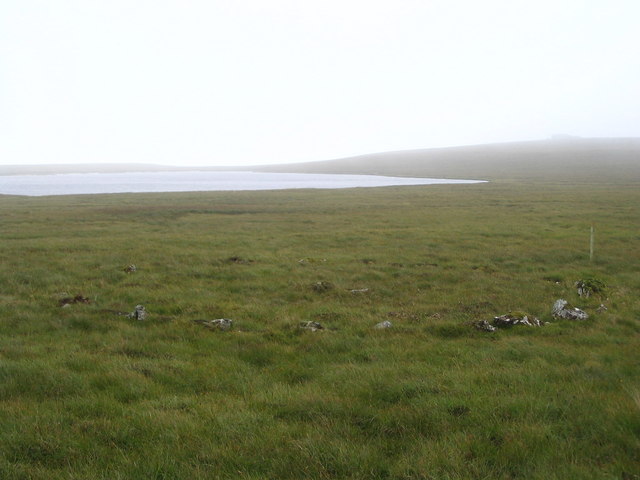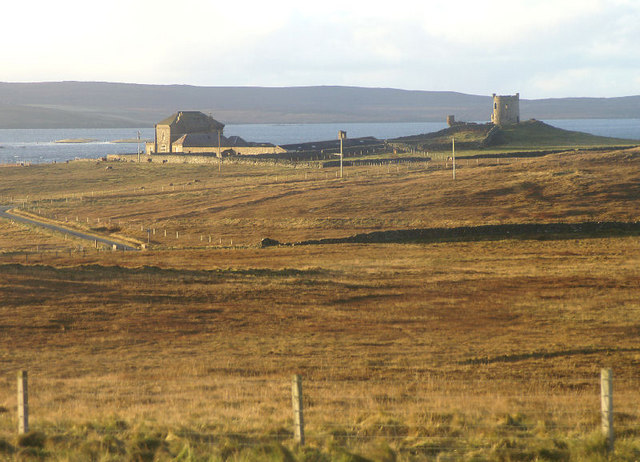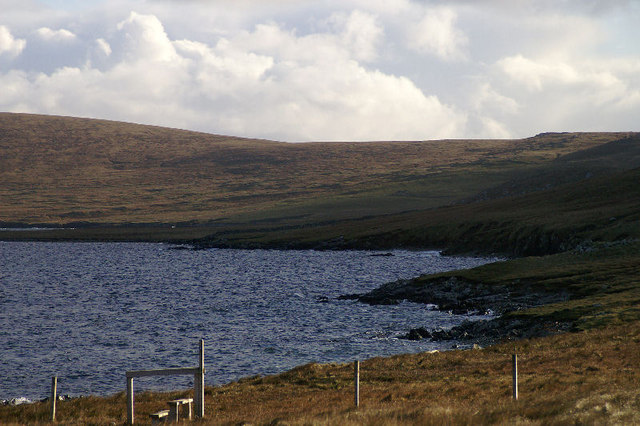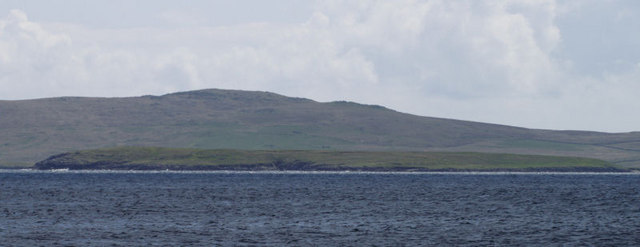Blo-nef
Coastal Feature, Headland, Point in Shetland
Scotland
Blo-nef
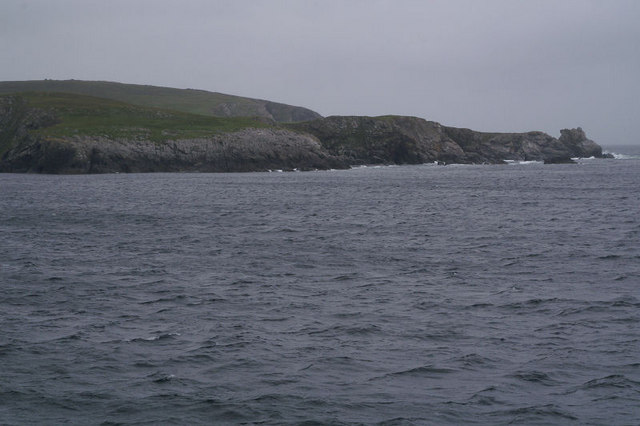
Blo-nef is a prominent coastal feature located in Shetland, an archipelago in Scotland. This headland, also referred to as a point, is situated on the eastern coast of the main island, known as the Mainland. With its unique geological formation and stunning natural beauty, Blo-nef has become a popular destination for tourists and nature enthusiasts.
The headland is characterized by its rocky cliffs that rise dramatically from the surrounding sea. These cliffs are composed of layers of sedimentary rock, showcasing the geological history of the area. Blo-nef offers breathtaking views of the North Sea, with its crashing waves and rugged coastline.
The name "Blo-nef" translates to "blow nose" in the local dialect, likely referring to the strong winds that often whip through the headland. Indeed, Blo-nef is known for its exposed and windswept landscape, adding to its allure.
The headland is abundant in birdlife, serving as an important nesting site for various seabirds, including puffins, guillemots, and razorbills. Visitors can witness these magnificent creatures in their natural habitat, making Blo-nef a haven for birdwatching enthusiasts.
In addition to its natural wonders, Blo-nef also holds historical significance. The headland is home to ancient ruins, including the remains of a Norse settlement dating back to the Viking Age. These archaeological remnants provide insight into the island's rich cultural heritage.
Overall, Blo-nef is a captivating coastal feature that showcases the raw beauty of Shetland. Its dramatic cliffs, diverse wildlife, and historical treasures make it a must-visit destination for those seeking an authentic and awe-inspiring experience in this remote corner of Scotland.
If you have any feedback on the listing, please let us know in the comments section below.
Blo-nef Images
Images are sourced within 2km of 60.571598/-0.90646357 or Grid Reference HU6088. Thanks to Geograph Open Source API. All images are credited.
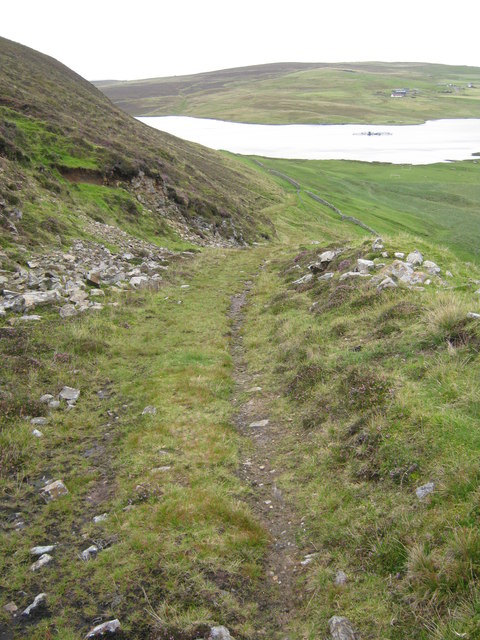
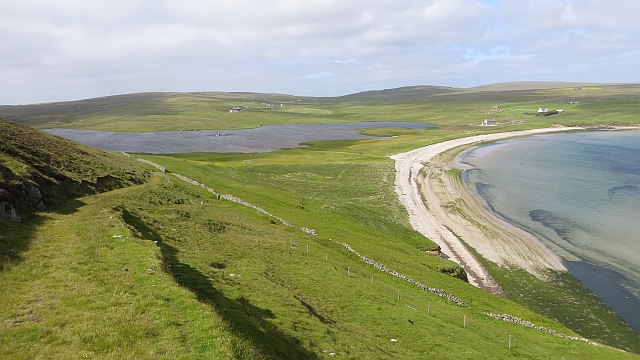
Blo-nef is located at Grid Ref: HU6088 (Lat: 60.571598, Lng: -0.90646357)
Unitary Authority: Shetland Islands
Police Authority: Highlands and Islands
What 3 Words
///returns.comedy.minute. Near Houbie, Shetland Islands
Nearby Locations
Related Wikis
Fetlar
Fetlar (Scots: Fetlar) is one of the North Isles of Shetland, Scotland, with a usually resident population of 61 at the time of the 2011 census. Its main...
Haltadans
Haltadans, also known as Fairy Ring or Haltadans stone circle, is a stone circle on the island of Fetlar in Shetland, Scotland. This site is a ring of...
Brough Lodge
Brough Lodge is a 19th-century Gothic mansion on Fetlar, one of the Shetland Islands, in northern Scotland. Built by the Nicolson family, who were responsible...
Funzie Girt
Funzie Girt (; Scots: Funyie Girt "Finns' dyke") is an ancient dividing wall that was erected from north to south across the island of Fetlar in Shetland...
Hascosay
Hascosay (Scots: Hascosay; Old Norse "Hafskotsey") is a small island lying between Yell and Fetlar in the Shetland Islands, Scotland. == Geography and... ==
Hamars Ness
Hamars Ness is a headland on the island of Fetlar in Shetland, Scotland. The name is from the Old Norse Hamarsnes meaning "craggy headland". A ro-ro ferry...
Urie Lingey
For other islands with similar names, see Linga (disambiguation) Urie Lingey is one of the Shetland Islands. It is between Fetlar and Unst, and Yell is...
Aywick
Aywick is a small settlement on the east side of Yell, an island forming part of the Shetland Islands north of Scotland.The naturalist Bobby Tulloch was...
Nearby Amenities
Located within 500m of 60.571598,-0.90646357Have you been to Blo-nef?
Leave your review of Blo-nef below (or comments, questions and feedback).
